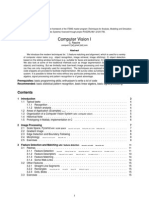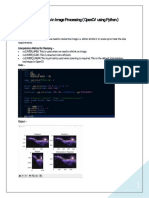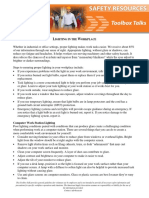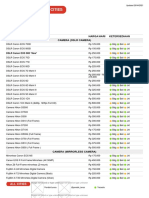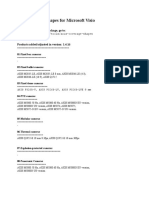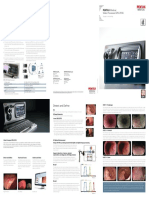0% found this document useful (0 votes)
9 views8 pagesEnd Sem
The document discusses various techniques in object detection, image processing, and computer vision, including sliding window methods, region proposal methods, and deep learning models for face detection. It compares different algorithms like YOLO, SSD, and Faster R-CNN, and covers edge detection methods such as Sobel and Canny. Additionally, it explains image segmentation techniques, filtering, convolution, and transformations like the Hough Transform and Fourier Transform.
Uploaded by
Rashid AhmedCopyright
© © All Rights Reserved
We take content rights seriously. If you suspect this is your content, claim it here.
Available Formats
Download as DOCX, PDF, TXT or read online on Scribd
0% found this document useful (0 votes)
9 views8 pagesEnd Sem
The document discusses various techniques in object detection, image processing, and computer vision, including sliding window methods, region proposal methods, and deep learning models for face detection. It compares different algorithms like YOLO, SSD, and Faster R-CNN, and covers edge detection methods such as Sobel and Canny. Additionally, it explains image segmentation techniques, filtering, convolution, and transformations like the Hough Transform and Fourier Transform.
Uploaded by
Rashid AhmedCopyright
© © All Rights Reserved
We take content rights seriously. If you suspect this is your content, claim it here.
Available Formats
Download as DOCX, PDF, TXT or read online on Scribd
/ 8








































